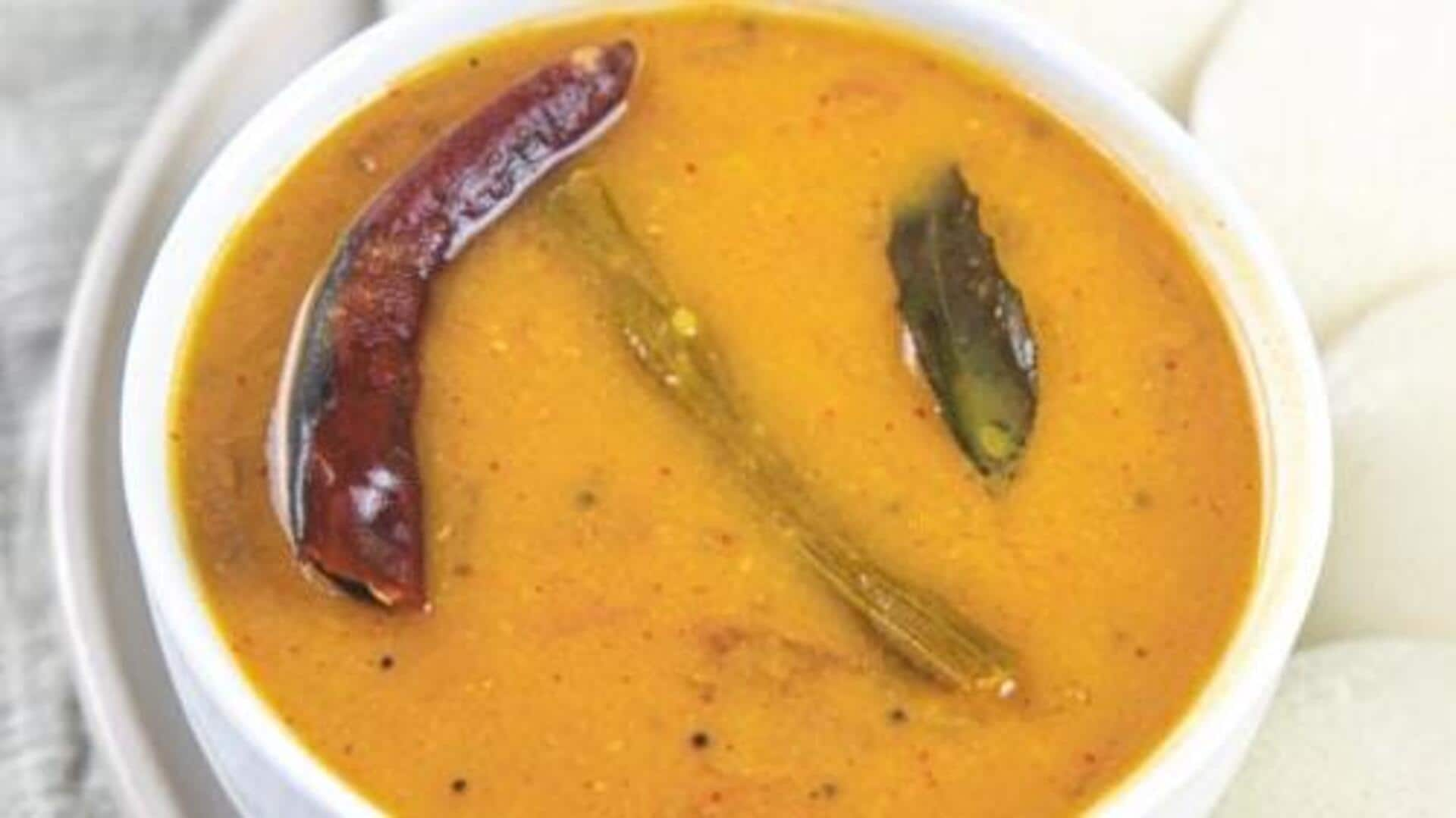
Tracing sambar's journey: Origin, history, and popularity
What's the story
Staple in South Indian cuisine, sambar has an interesting history that goes back centuries. This lentil-based stew with tangy and spicy flavors has transformed over the years without losing its essential ingredients. The evolution of sambar from age-old kitchens to contemporary dining tables is a tale of cultural exchanges and culinary innovations. Knowing this timeline helps us understand how traditional dishes evolve and flourish through generations.
#1
Origins in ancient kitchens
The history of sambar dates back to ancient Tamil Nadu kitchens where it was first prepared with locally available ingredients such as tamarind and lentils. It was originally a simple dish intended to go with rice meals. With time, the recipe started adding a variety of vegetables and spices indigenous to the region. This ancient version paved the way for a beloved dish across India.
#2
Influence of trade routes
As trade routes widened in medieval times, new spices and ingredients made their way into South Indian cuisine. The addition of turmeric, mustard seeds, and other spices lent a rich flavor to sambar. Not only did these additions make the dish tastier, but they also made it healthier. The impact of trade is also visible in the different variations that came up in different regions.
#3
Regional variations emerge
With time, regional variations of sambar started evolving according to local tastes and produce. In Karnataka, for example, jaggery is commonly added for sweetness while Kerala's version may get coconut milk for richness. Each state tweaked the basic recipe according to their culinary tastes, resulting in unique versions, which still have something in common with the original dish.
#4
Modern-day adaptations
In modern times, sambar continues to evolve with changing dietary preferences and global influences dictating how it is prepared. More than ever, people experiment with adding unconventional ingredients like quinoa or tofu, making it palatable even for those on specific diets. Despite the changes, however, traditional recipes remain popular among purists who cherish authentic flavors passed down through generations.